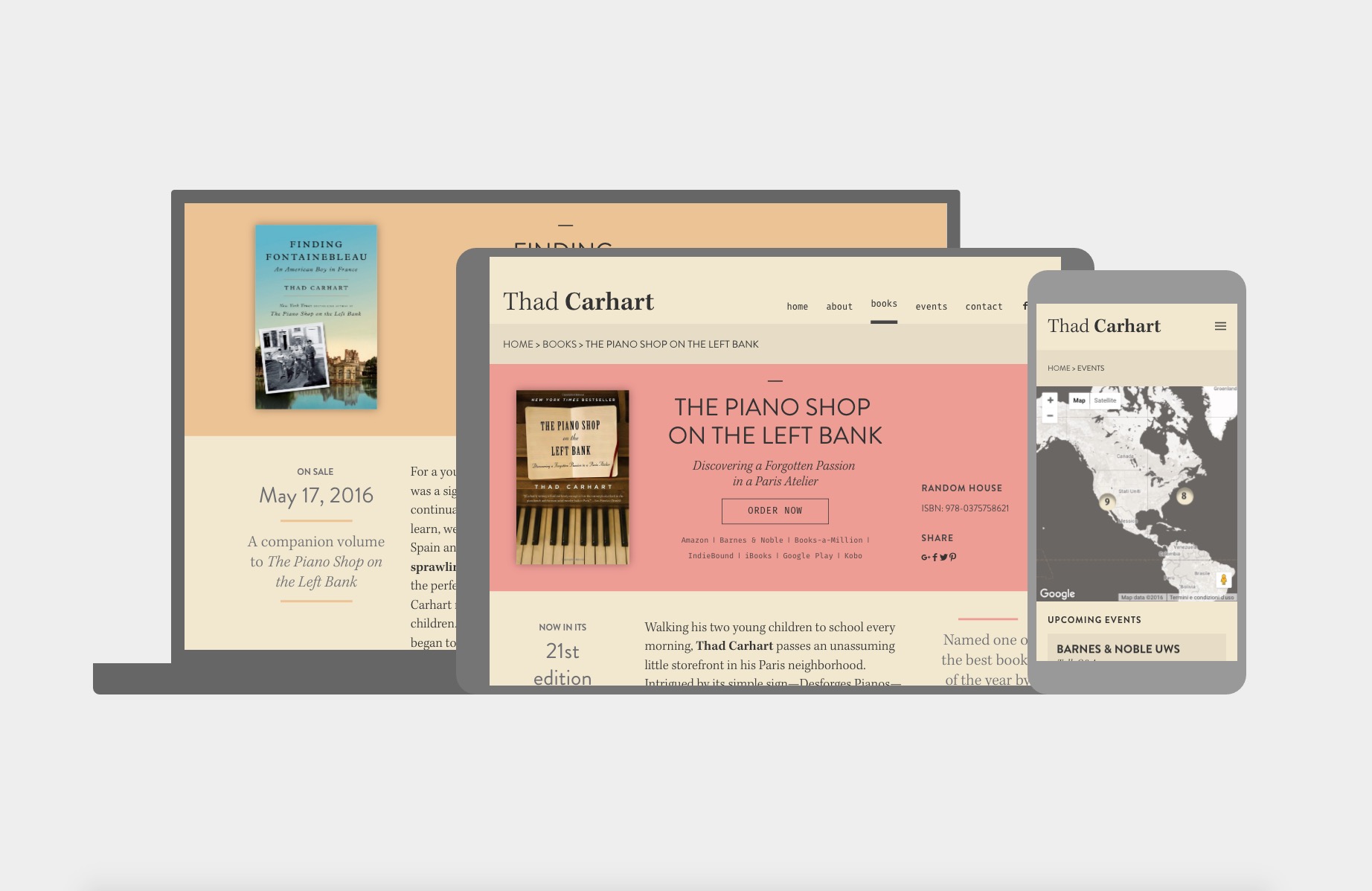

And it’s 50 years older than the Louvre, 500 years older than Versailles. What makes it so special? Fontainebleau shows a greater scope of French architecture and style than any other site, with the possible exception of the Louvre. The NATO headquarters where your father worked was located at the Chateau of Fontainebleau. Today, it’s this glistening white pearl of a place. You can buy old postcards along the Seine that show aerial shots of Henri Cartier-Bresson’s blackened city. Returning was like seeing Paris’s albino twin. As a child, I thought they were all built of some black stone quarried in the depths of France. In 1964, the minister of culture began to clean them-not because he thought it would change the face of the city, although it did, but because they were dirty. When I was a kid, it was black, the buildings and monuments stained from years of coal soot. In fact, when I came back to Paris, what struck me was visual. Your memories are intense and very visual, so they tend to stay with you. At that age, especially while learning a second language, you pay close attention to everything. I was only four, and I’d never been to school before, so I started school in France and soaked it up like a sponge. It was the family lore, the stories, that fueled my memories.


When we first moved to France, everything was new, and there was an intensity to the experience that we shared. How were you able to recapture your childhood memories? I have four siblings, and we’re very close. It forces you to see the world a little differently, and it’s not always easy.” – Thad Carhart “There’s a place in between languages and cultures-especially if you were an ex-pat as a child-where there’s an almost magnetic pull.

It travels from the 1950s to the present day, and it’s meant to be narrative nonfiction that tells the reader something about France they might not know or have access to. Finding Fontainebleau tells a larger story about coming to France with my parents and siblings. The Piano Shop on the Left Bank focuses upon when I moved to Paris with my wife and kids during the 1990s and sought out a piano. How does ‘Finding Fontainebleau’ relate to your first memoir? THAD CARHART: It isn’t a prequel or sequel, but it’s in written in the same spirit. In anticipation of his appearance at Bookshop Santa Cruz, I talked to Carhart about history, memory, and life in two languages. His new book, Finding Fontainebleau, continues the conversation, pulling us back into France during the 1950s, where he lived as a young boy in Fontainebleau, the village adjacent to the historic chateau of the same name. Fascinated by a small piano shop in Paris, writer Thad Carhart took readers on a journey into the romance and anatomy of pianos, artisanship, music, and his own past in his bestselling memoir, The Piano Shop on the Left Bank.


 0 kommentar(er)
0 kommentar(er)
